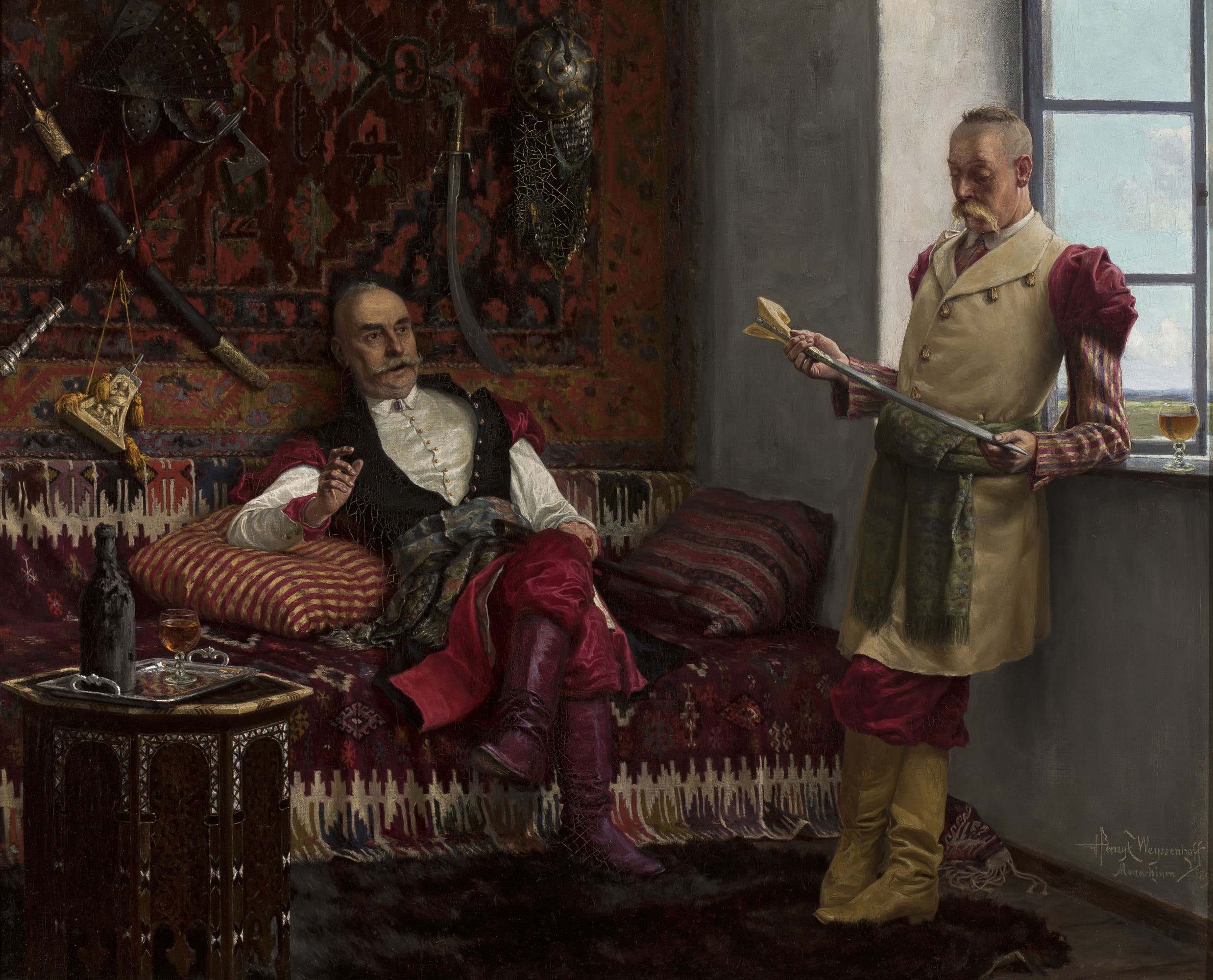Conference Series
December 20, 2018 / 18:30
This year marks the 80th anniversary of Mustafa Kemal Atatürk’s death. As a commemoration, İstanbul Research Institute presents its “Talks on Atatürk.” The last talk is “Daily Life During Atatürk Era: 1918 – 1938” by Prof. Zafer Toprak.
Newly-founded Republican Turkey was profoundly impacted by the transformations caused by the First World War, and the following Turkish War of Independence. A complete reorganization of the state, radical reforms, and in the meanwhile, the erosion of Ottoman values caused by several years of war resulted in a massive social trauma during the 1920s, from which the Republican cadres could recover from this trauma only in the 30s. The most important item on their agenda was the population bottleneck. They implemented an effective healthcare policy to solve this issue. On the other hand, they developed measures geared at reinforcing the family as a social entity. Moreover, institutional arrangements were initiated with the purpose of remedying the shortfall of social ideals. Newly-established community centres filled a very substantial gap in this respect. The notions of a new language and a new culture enabled disconnection with the past. A Darwinian approach to history secured the foundation for a secular society. Anthropology became an inspiration for other fields of science. Gradually, society started to be dominated by a newfound cultural identity. Republican Turkey’s vision for the future called for a radical cultural revolution. The stage between two world wars conveniently allowed for such initiative. The catastrophic collapse of Europe uniquely boosted Turkey’s level of self-confidence.

Pera Museum presented a talk on Nicola Lorini’s video installation For All the Time, for All the Sad Stones, bringing together the artists Nicola Lorini, Gülşah Mursaloğlu and Ambiguous Standards Institute to focus on concepts like measuring, calculation, standardisation, time and change.

Henryk Weyssenhoff, author of landscapes, prints, and illustrations, devoted much of his creative energies to realistic vistas of Belorussia, Lithuania, and Samogitia. A descendant of an ancient noble family which moved east to the newly Polonised Inflanty in the 17th century, the young Henryk was raised to cherish Polish national traditions.
Tuesday - Saturday 10:00 - 19:00
Friday 10:00 - 22:00
Sunday 12:00 - 18:00
The museum is closed on Mondays.
On Wednesdays, the students can
visit the museum free of admission.
Full ticket: 300 TL
Discounted: 150 TL
Groups: 200 TL (minimum 10 people)